Author Archive
Velocity ratio of machine (Formula)

Define velocity ratio of a machine and how it is determined – The velocity ratio (V.R.) of a machine is the ratio of distance moved by the effort to distance moved by the load. Formula – Velocity
Hoist mechanism and its uses
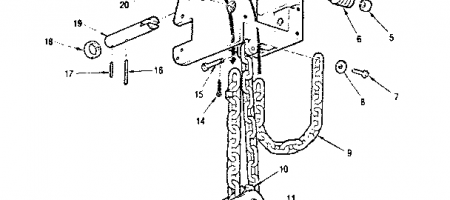
The mechanism which is used for raising and lowering heavy loads to the desire height by using comparatively small effort is called as hoist mechanism. It is mostly operated with a system of pulley and gears (either
Advantages and disadvantages of gears

By using gear trains, large velocity ratio can be obtained with minimum space. Gears are mechanically strong, so higher loads can be lifted. Gears are used for transmission of large H.F. They are used for transmitting motion
Various function of piston
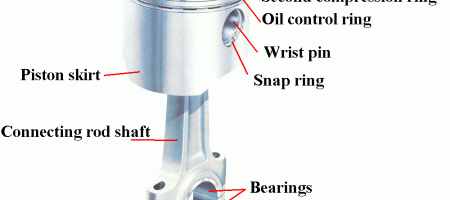
A reciprocating component in auto engine or it is called as reciprocating pump or gas compressed. Movement of piston is in cylinder and transfer force of expanding gas via connecting rod to the crank shaft and from
Roller singeing machine
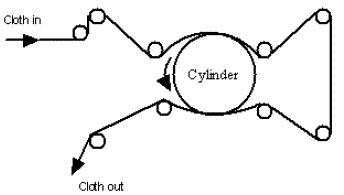
Roller singeing machine the singing surface is a rotating cylinder instead of stationary curved plate. It may be made of either cut cast iron and provided with internal firing system. The fresh hot surface of the cylinder is
Textile Gas singeing machine
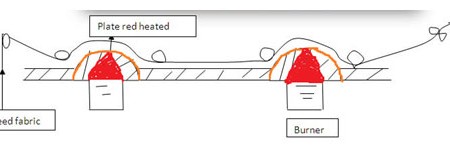
This machine essentially consists of one or more burner given continuous flat or vertical flames produced by a mixture of compressed air and coal gas. The flames issues from a narrow if which is adjustable width and
What are the applications of ICs?
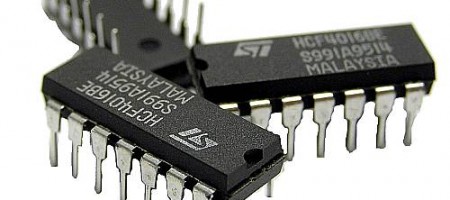
Complete electronic circuits in which both passive and active components are fabricated on a single chip of silicon are called as integrated circuit. Applications of ICs Integrated circuits (IC) are being used in number of electronics application
Diagram of velocity time graph
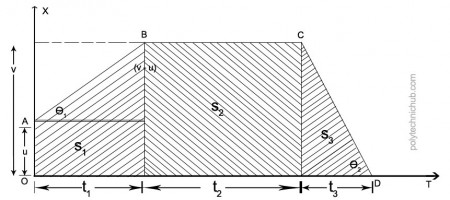
Definition A partial motion in motion with uniform acceleration has different velocities at different instants of time. These velocities can be found out by using the relation v = u + at. The graph plotted with time
What is Potential energy (with example)
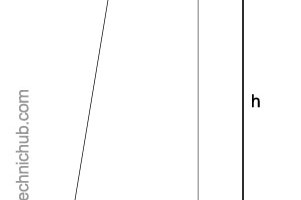
Energy is the capacity to do work. Energy is a scalar quantity. Unit of measurement of energy is Jole, same as that of work. Potential energy: The energy possessed by a body due to its position is
Laws of Friction
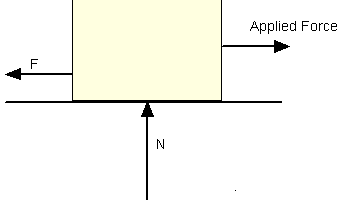
Coulomb in 1781 conducted several experiment on t he friction of plane on dry surface. On the basis of his experiments he stated some laws of friction which as follows – Law of static friction Law of